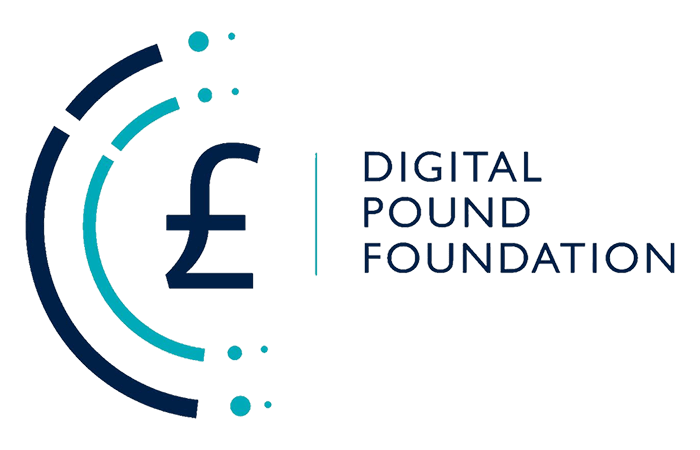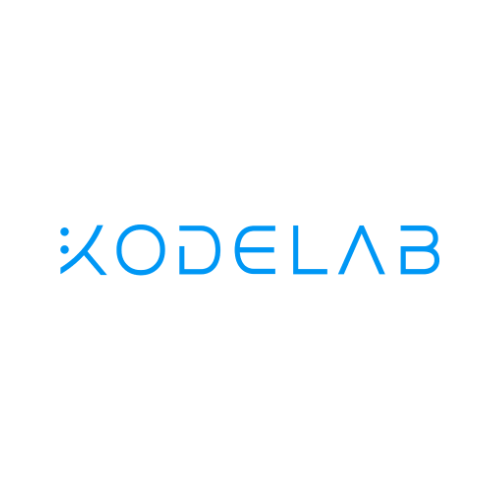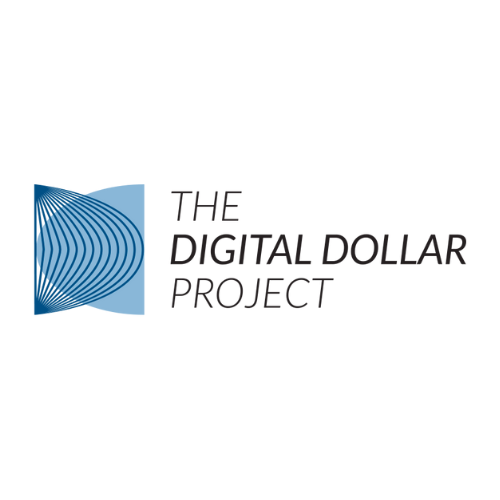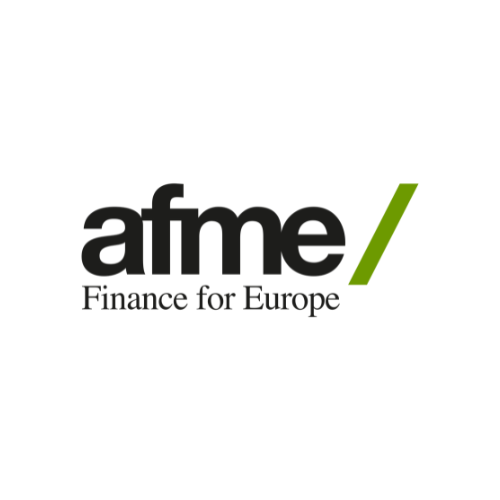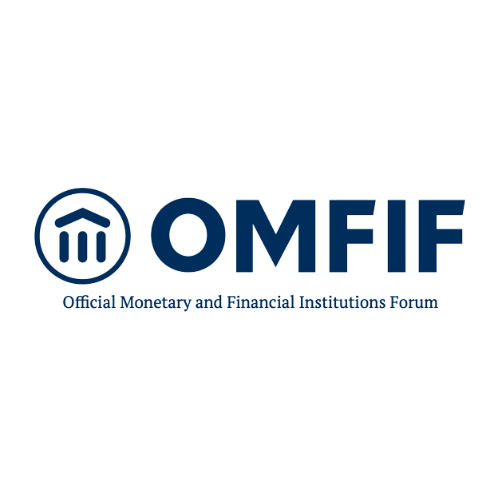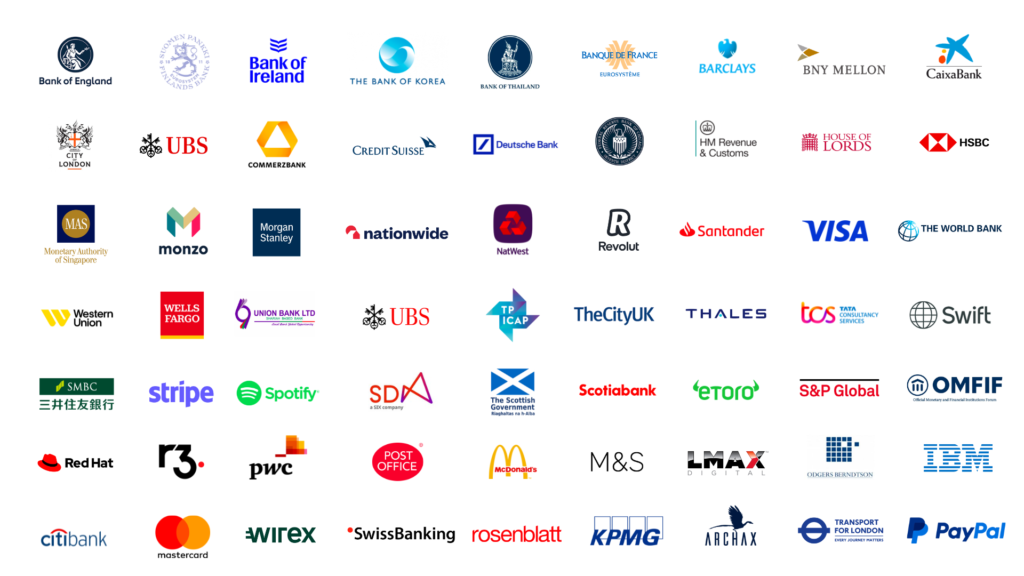Earlier this month, Cantons of Basel-City and Zurich completed the issuance of digital bonds utilising a Swiss Franc (CHF) wholesale central bank digital currency (wCBDC), provided by the Swiss National Bank (SNB) through the SIX Digital Exchange (SDX).
This achievement forms a crucial part of Project Helvetia Phase III, unveiled by the SNB on November 2, 2023. The project aims to introduce and test wCBDC transactions for financial entities from December 1, 2023, until mid-2024. As integral participants in this initiative, the Basler Kantonalbank and Zürcher Kantonalbank have taken on the role of issuer agents for the Cantons of Basel-City and Zurich.
The issuance process saw the digital bonds of Basel-City (bearing ISIN: CH1265890678 and DTI: RD9R6Z6FM) and Zurich (with ISIN: CH1306117073 and DTI: 7JMK1KK1R) successfully launched on the production platform of SDX and subsequently distributed among participating banks. These bonds are uniquely positioned to be held in both the Central Securities Depositories of SDX and SIX (SIX SIS). Moreover, as dual-listed bonds, they are set to be listed and traded both on the SDX exchange and the SIX Swiss Exchange, offering a new level of accessibility and liquidity in the market.
David Newns, the Head of SIX Digital Exchange, highlighted the significance of this initiative, emphasising the collaborative effort of participants within the Swiss financial sector. He regards the Helvetia III pilot as the most ambitious wCBDC project in the history of capital markets. The successful settlement of the first securities transactions using wCBDC in a developed economy on a regulated, blockchain-based infrastructure in a production setting marks a significant milestone. It paves the way for the widespread adoption of a tokenized, DLT-based financial market infrastructure, potentially revolutionising the way financial transactions are conducted globally.
The introduction of wCBDCs and DLT in traditional financial markets like Switzerland’s represents a melding of established financial practices with innovative digital technologies. This integration is expected to enhance the efficiency, transparency, and security of financial transactions, while also potentially introducing new avenues for investment and trading. As the world watches this experiment in Switzerland, it could set a precedent for other countries and financial systems to follow, possibly heralding a new era in digital finance and blockchain technology applications in the mainstream financial sector.
